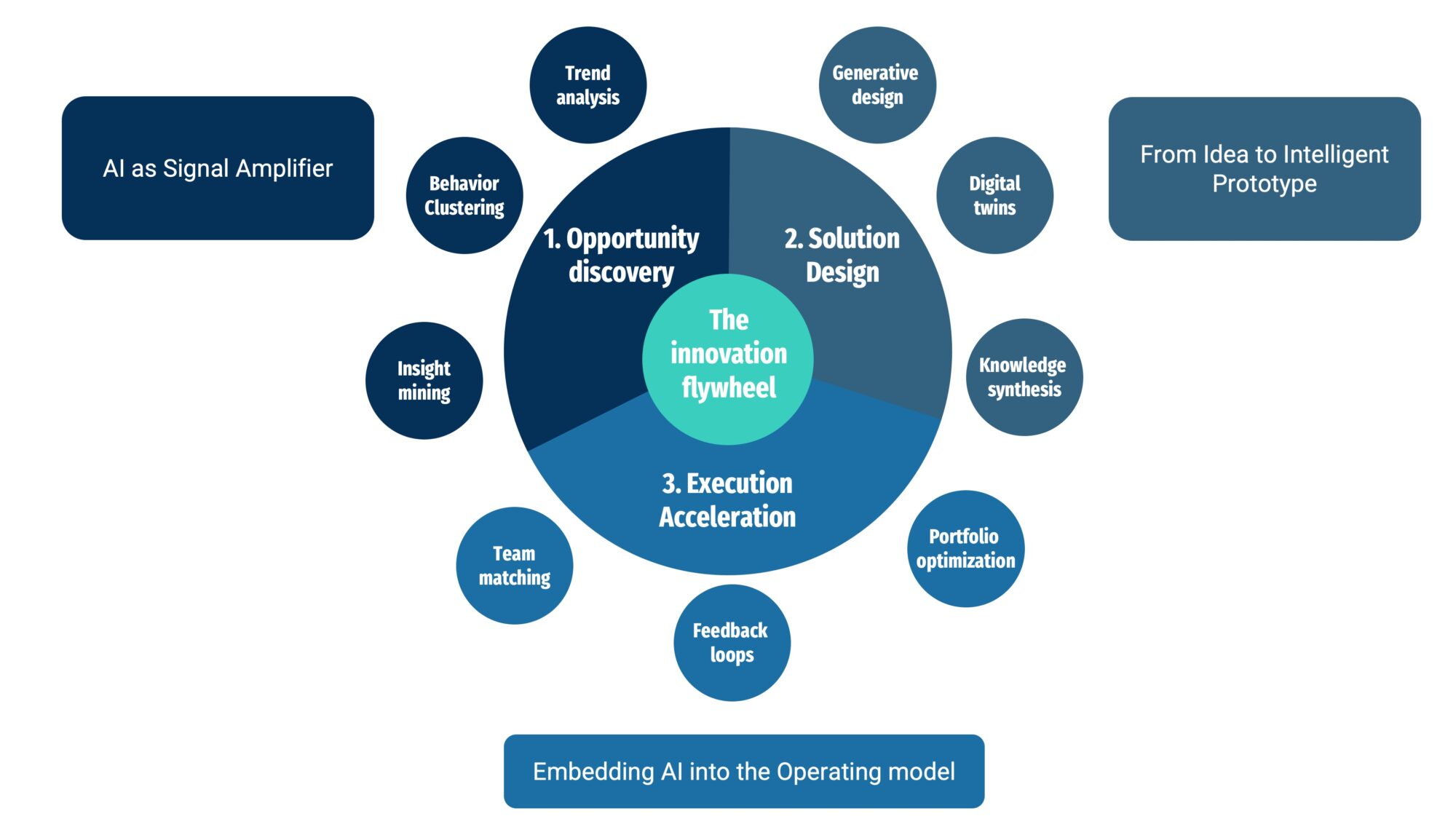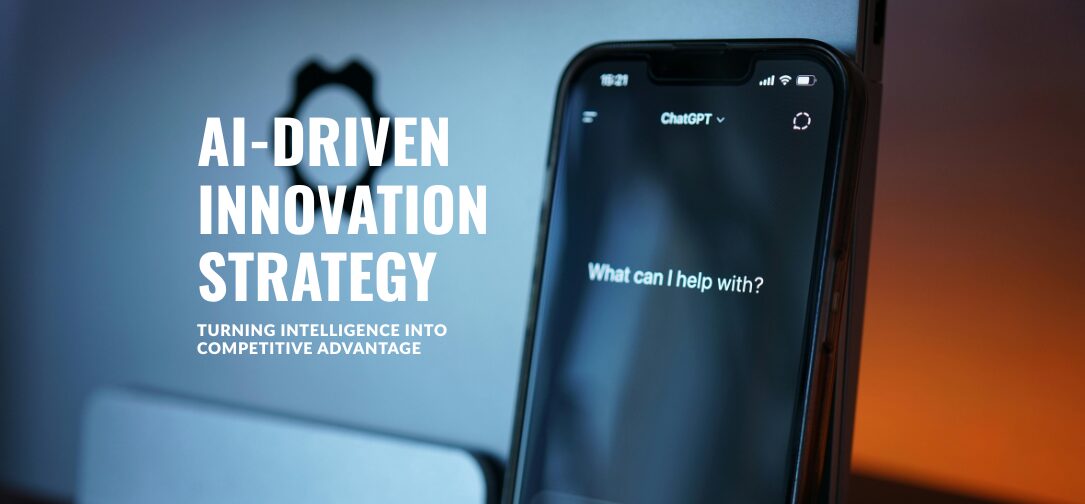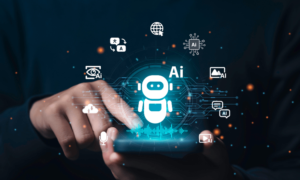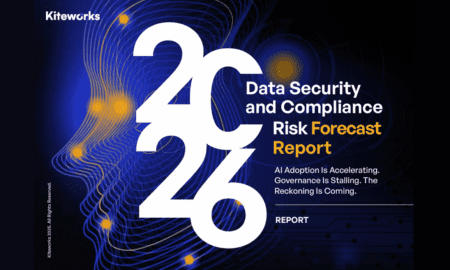Innovation is no longer a luxury in today’s changing landscape, it’s now a requirement and organizations are feeling the pressure. Artificial Intelligence (AI) has emerged as a powerful enabler of this change, as a tool for efficiency and a core driver of strategic innovation.
Drawing on my global consulting experience and exposure to transformation programs across sectors, I’ve observed a shift, that is, leading organizations are embedding AI at the strategic layer, not just at the operational edge. This article outlines a framework for how AI can support innovation strategy across three stages: opportunity discovery, solution design, and execution acceleration.
1) Opportunity Discovery: AI as a Signal Amplifier
The starting point of any innovation strategy is identifying areas of unmet need or whitespace. Traditionally, this involves market research, customer feedback loops, and competitive analysis. AI enhances this discovery phase in three key ways:
- Customer Insight Mining: Natural Language Processing (NLP) models can ingest thousands of open-text responses, reviews, or support tickets to extract underlying themes and sentiment trends. This offers near real-time visibility into customer pain points and emerging needs.
- Behavioral Clustering: Unsupervised learning techniques such as k-means or DBSCAN can cluster customers or users into behavioral segments based on usage data, transactions, or interactions. This allows for segmentation beyond demographics, surfacing niches with distinct behaviors worth targeting.
- Trend and Patent Analysis: AI can scan vast data sets, including academic research, patents, and social media, to uncover new trends and technologies on the rise. Embedding these signals into strategy discussions helps preempt disruption and prioritize innovation bets.
2) Solution Design: From Idea to Intelligent Prototype
Once opportunities are identified, the focus should shift to building solutions. Here, AI plays a design partner role, augmenting creativity, enabling simulation, and accelerating iteration.
- Generative Design: Tools like generative adversarial networks (GANs) or transformer-based models can explore thousands of design permutations for a product or service concept. This is particularly useful in physical product development, UX/UI, and marketing.
- Digital Twins: For more complex systems, such as logistics networks or infrastructure projects, AI-driven digital twins allow organizations to simulate performance under different configurations or stress scenarios. This reduces risk and optimizes design before deployment.
- Knowledge Synthesis: Large language models (LLMs) like GPT or Claude can synthesize knowledge from technical documents, reports, and internal knowledge bases to inform design decisions. Used correctly, these tools enhance the speed and quality of decision-making in the R&D cycle.
3) Execution Acceleration: Embedding AI into the Operating Model
Many innovation strategies fail not due to weak ideas but because of execution gaps. AI can help close this gap by enhancing delivery speed, accuracy, and adaptability.
- Project Portfolio Optimization: AI models can evaluate resource allocation across competing innovation initiatives. By analyzing historical performance and forecast data, companies can dynamically prioritize efforts with the highest potential Return on Investment.
- Real-Time Feedback Loops: Deployed AI systems (e.g., recommender systems, predictive maintenance algorithms) generate feedback that can inform iterative improvement. Organizations that structure feedback into sprints, even outside of pure software contexts, can move faster and learn in-market.
- Talent and Team Matching: Using internal HR data and AI-powered skill mapping, companies can form cross-functional teams that are better aligned with project needs. This improves execution quality and speeds up team onboarding.
Putting It Together: The AI Innovation Flywheel
The three stages: discovery, design, and delivery form a flywheel. Each innovation cycle generates new data, further refining models and improving decision-making. From what I’ve seen across private and public-sector work, organizations that embrace this kind of iterative model and weave AI throughout are quicker to market, more successful with new initiatives, and better equipped for the long haul.

Final Thoughts
AI is not a silver bullet. But when used strategically, it augments human decision-making and unlocks new possibilities for organizations seeking to differentiate through innovation. The most successful firms I’ve worked with are those that treat AI as a strategic enabler, integrating it into how they see, think, and act, not just as a bolt-on efficiency tool.
As AI capabilities evolve, so too must our frameworks for innovation. It’s time to move from experimentation to orchestration, and AI is central to that shift.

































